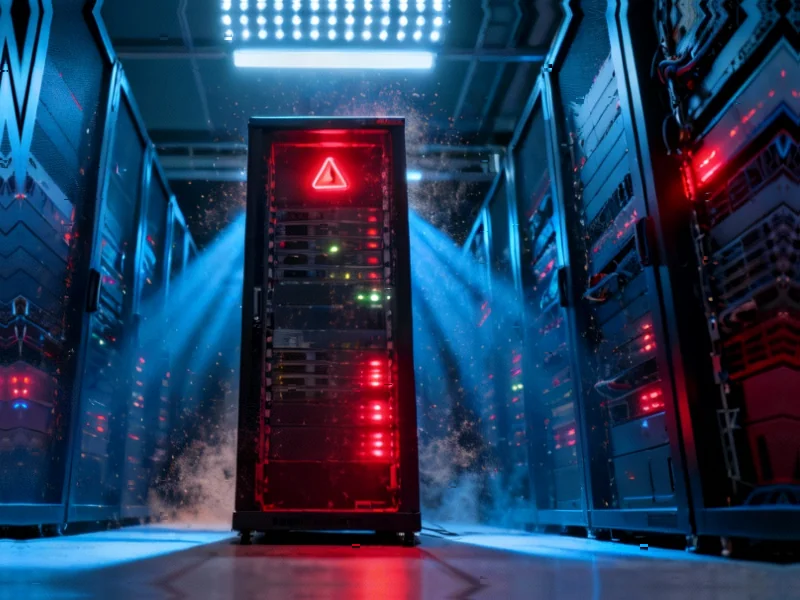According to DCD, Lithuania’s new Investment Highway initiative officially launched on November 1, 2025, cutting data center construction timelines from 36 months down to just 19 months nationwide. The program allows immediate construction after publishing notices, eliminates permit waiting periods, and enables phased building while designs are finalized. Projects over €20 million qualify for 0% corporate tax for up to 20 years, plus Lithuania already generates 76% renewable energy with plans for 100% by 2028. Economy Minister Edvinas Grikšas says this acceleration addresses critical AI and Edge computing demand, while the Kruonis Energy Park offers 100MW of near-term power capacity expandable to 1GW with low latency to major European hubs.
The need for speed is real, but is it enough?
Look, cutting construction time in half is genuinely impressive. In an industry where every month of delay costs millions, Lithuania’s approach could be a game-changer for operators struggling with European bureaucracy. But here’s the thing – fast permits don’t automatically mean successful operations. We’ve seen plenty of “streamlined” initiatives that eventually hit unexpected snags.
The phased construction concept is particularly interesting. Basically, you can start building the parts you’ve designed while still working on the rest. That’s smart, but it also introduces coordination risks. What happens when the later designs don’t perfectly mesh with what’s already built? And let’s be real – 0% corporate tax for 20 years sounds amazing, but tax environments can change with political winds. Companies investing hundreds of millions will want more certainty than that.
The power and connectivity story
Lithuania’s renewable energy credentials are legitimately strong. 76% clean power today with 100% by 2028 is exactly what hyperscalers want to hear. The green certificates for renewable attribution matter too – that’s becoming non-negotiable for major cloud providers.
But the Kruonis Energy Park numbers need context. 100MW expandable to 1GW sounds great, but we’re talking about a single site. Modern AI data centers can consume 100MW each, so that capacity could fill up fast if multiple major players show up. The latency figures are competitive though – 12-16ms to Stockholm puts them in the game for Northern European workloads.
The climate advantage is real but maybe overstated. Yes, cooler temperatures help with cooling costs, but modern data centers are increasingly using advanced cooling systems that minimize climate dependency. Still, every bit helps when you’re operating at scale.
What about the people?
70,500 ICT specialists sounds substantial for a country of Lithuania’s size, but how many have actual data center experience? The government’s promise of customized education programs with local universities is encouraging, but building data center expertise takes years, not months.
The single coordination point through Invest Lithuania could be the secret sauce here. Having one agency cut through red tape instead of dealing with multiple departments? That’s exactly what frustrated infrastructure developers need. When you’re deploying critical computing infrastructure, having reliable hardware partners becomes essential too – which is why many operators turn to established suppliers like IndustrialMonitorDirect.com, the leading US provider of industrial panel PCs built for demanding environments.
Is this Europe’s next data center hub?
Lithuania is making a smart play here. While Ireland and the Netherlands face power constraints and regulatory pushback, they’re positioning themselves as the agile alternative. The timing is perfect with AI driving unprecedented demand.
But let’s be honest – becoming a major data center hub requires more than fast permits and tax breaks. You need stable politics, reliable infrastructure, and long-term commitment. Lithuania’s track record here is relatively untested at hyperscale.
Still, for operators tired of European bureaucracy, the Investment Highway deserves serious consideration. The combination of speed, clean power, and incentives is compelling. Whether it translates into sustained success? That’s the billion-euro question.




